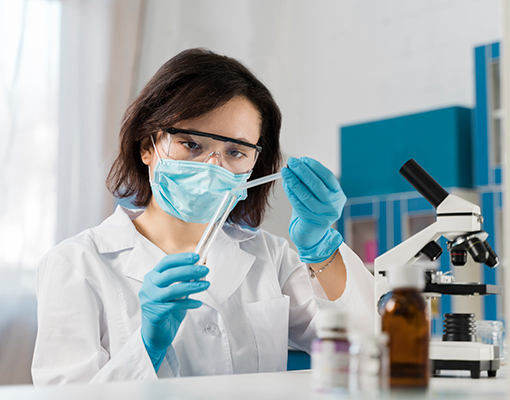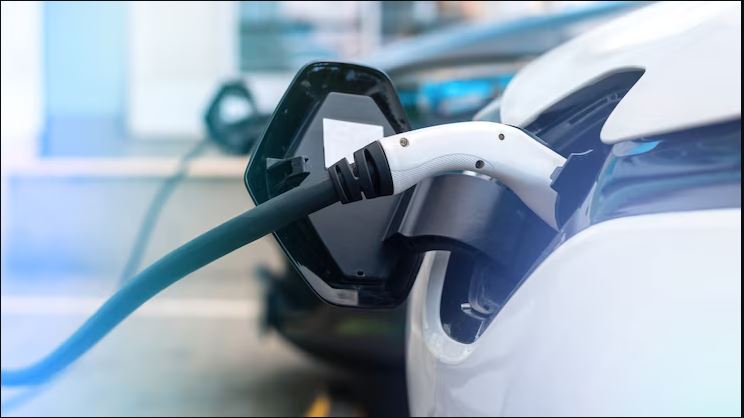 Custom SEO Strategy – Your Path to Page #1 Starts Here!
Custom SEO Strategy – Your Path to Page #1 Starts Here!
The Importance of Visual Inspection Standards and Vial Defect Detection in Germany
Written by Business News » Updated on: June 17th, 2025

In the pharmaceutical industry, ensuring the safety and quality of products is crucial. One of the most important aspects of this process is visual inspection. Visual inspection involves carefully examining products, such as vials, to ensure they meet specific standards and are free from defects. In Germany, the use of a Visual Inspection Set and adherence to strict visual inspection standards are essential in maintaining the high quality of pharmaceutical products.
Understanding Visual Inspection Standards
Visual inspection standards are guidelines that dictate how visual inspections should be conducted. These standards ensure that inspections are consistent, reliable, and thorough. In Germany, visual inspection standards are particularly important due to the country's stringent regulations in the pharmaceutical industry. These standards help ensure that every vial meets the required safety and quality criteria before it reaches the consumer.

Visual inspection standards cover various aspects, including:
• Inspection criteria: What defects to look for, such as cracks, contamination, or improper sealing.
• Inspection process: How the inspection should be carried out, including the use of appropriate lighting and magnification tools.
• Inspector qualifications: Training and qualifications required for personnel conducting the inspections.
• Documentation: Proper recording of inspection results and any corrective actions taken.
By following these standards, pharmaceutical companies can ensure that their products are safe for use and comply with regulatory requirements.
The Role of a Visual Inspection Set in Germany
A Visual Inspection Set is a collection of tools and equipment used to perform visual inspections. In Germany, these sets are widely used in pharmaceutical manufacturing to ensure that vials and other containers are free from defects. A typical Visual Inspection Set may include:
• Magnifying lenses: To get a closer look at the vials and identify any small defects.
• Lighting equipment: Proper lighting is essential for detecting flaws that might not be visible under normal lighting conditions.
• Inspection templates: These help inspectors consistently evaluate vials against predefined criteria.
Using a Visual Inspection Set ensures that inspections are thorough and standardized, reducing the risk of defective products reaching the market.
Importance of Vial Defect Detection in Germany
Vial defect detection is a critical part of the quality control process in pharmaceutical manufacturing. Vials are used to store and transport various medications, including vaccines and injectable drugs. Any defects in these vials can compromise the integrity of the medication, posing serious risks to patients.
In Germany, vial defect detection is taken very seriously. The process involves identifying and addressing various types of defects, such as:
• Cracks or chips: These can lead to contamination or leakage of the medication.
• Improper sealing: A vial that is not sealed correctly can allow air or contaminants to enter, compromising the sterility of the medication.
• Foreign particles: Any particles inside the vial can indicate contamination, which can be harmful to patients.
By implementing effective vial defect detection processes, pharmaceutical companies in Germany can ensure that their products are safe and meet the highest quality standards.
Implementing Visual Inspection Standards in Germany
To implement visual inspection standards effectively, pharmaceutical companies in Germany follow a structured approach:
1. Training and Certification: Inspectors receive comprehensive training to ensure they understand the inspection standards and can identify defects accurately.
2. Standard Operating Procedures (SOPs): SOPs are developed to guide the inspection process, ensuring consistency and reliability.
3. Regular Audits: Companies conduct regular audits to verify that inspections are being carried out according to the established standards.
4. Continuous Improvement: Feedback from inspections is used to improve the process and address any recurring issues.
By adhering to these practices, companies can maintain high standards of quality and compliance.
Benefits of Strict Visual Inspection Standards and Vial Defect Detection
Adhering to strict visual inspection standards and effective vial defect detection offers several benefits, including:
• Enhanced Product Safety: Ensuring that vials are free from defects reduces the risk of contamination and ensures the safety of the medication.
• Regulatory Compliance: Meeting visual inspection standards helps companies comply with regulatory requirements, avoiding potential fines or recalls.
• Customer Trust: High-quality products build trust with healthcare providers and patients, enhancing the company's reputation.
• Cost Savings: Detecting defects early in the production process prevents costly recalls and waste.
The Future of Visual Inspection in Germany
As technology advances, the methods for visual inspection and vial defect detection are also evolving. In Germany, many companies are exploring the use of automated inspection systems that use cameras and artificial intelligence (AI) to identify defects more accurately and efficiently.
Automated systems offer several advantages, such as:
• Increased Accuracy: AI-powered systems can detect even the smallest defects that might be missed by human inspectors.
• Faster Inspections: Automated systems can inspect vials much faster than manual methods, increasing productivity.
• Consistency: Automated inspections eliminate human error, ensuring consistent results.
While these technologies are promising, human inspectors still play a crucial role in the quality control process, particularly in verifying and addressing defects identified by automated systems.
Conclusion
Visual inspection standards and vial defect detection are essential components of pharmaceutical manufacturing in Germany. By using a Visual Inspection Set and adhering to stringent standards, companies can ensure the safety and quality of their products. As the industry continues to evolve, the combination of human expertise and advanced technology will play a vital role in maintaining high standards and meeting the growing demands of the market.
In summary, maintaining strict visual inspection standards, utilizing effective Visual Inspection Sets, and prioritizing vial defect detection are key to ensuring the safety and quality of pharmaceutical products in Germany. These practices not only protect patients but also help companies build trust and achieve long-term success in the competitive pharmaceutical industry.
Note: IndiBlogHub features both user-submitted and editorial content. We do not verify third-party contributions. Read our Disclaimer and Privacy Policyfor details.
Copyright © 2019-2025 IndiBlogHub.com. All rights reserved. Hosted on DigitalOcean for fast, reliable performance.














